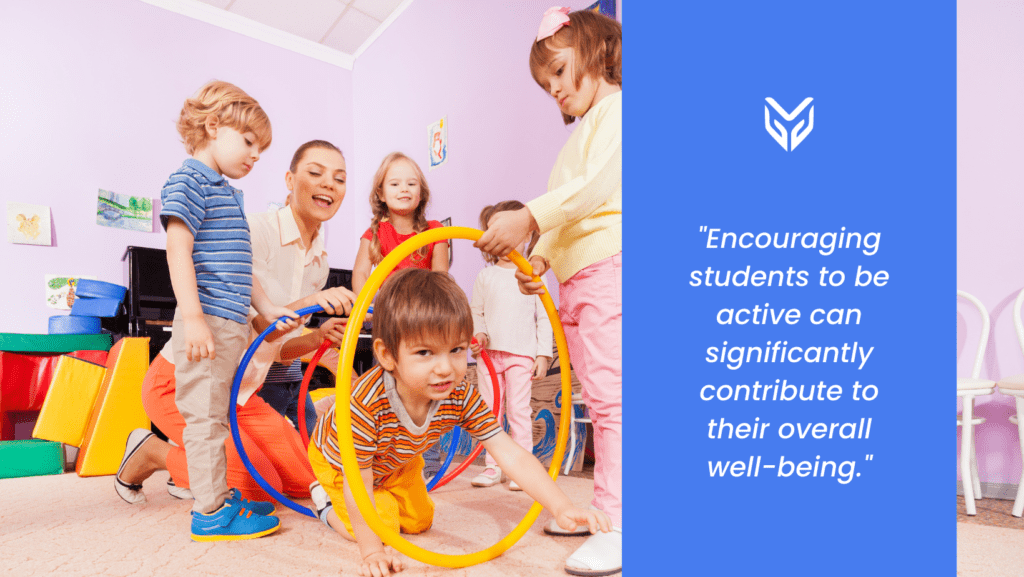NEWS
Addressing Student Mental Health in Schools: Tools and Resources

Year by year, we put more and more emphasis on student mental health in schools. Students are expected to excel academically, socially, and personally, which can negatively impact their mental and emotional state, resulting in mental distress. As educators, we must equip ourselves with the right tools and resources to support students’ mental health and create a conducive learning environment. So, these are some practical and effective strategies to address student mental health in schools.
#1 Prioritize Mental Health Education
The first step in fostering a healthy school environment is prioritizing mental health education. Educate your students about emotions, stress management, and coping mechanisms from an early age. Integrate mental health topics into the curriculum and encourage open discussions about mental well-being. When students understand their emotions better, they can develop healthier coping strategies, positively impacting their overall mental health.

You can do so by integrating emotional intelligence into the curriculum – plan age-appropriate activities that encourage students to talk about their emotions freely and incorporate practicing coping strategies, like deep breathing and positive self-talk.
#2: Foster Peer Support Networks
Peers have a powerful influence on each other, which can be both positive and negative. To foster positive relationships, create peer support networks or buddy systems within the school. These support systems can be incredibly precious during transitions, such as moving to a new school, and can help combat feelings of isolation.
You can foster a classroom buddy system, pairing students as classroom buddies or mentors. Especially (but not limited to) new students or those who might benefit from additional support. This allows students to form meaningful connections and encourages them to look out for each other.
#3: Encourage Physical Activity
Regular physical activity is proven to have a positive impact on mental health. Incorporate physical education classes, sports, and extracurricular activities into the school’s routine. Exercise helps reduce stress, promotes better sleep, and enhances mood by releasing endorphins. Encouraging students to be active can significantly contribute to their overall well-being.

#4: Promote Mindfulness Practices
Mindfulness practices, such as meditation and deep breathing exercises, can help students manage stress and anxiety effectively. Introduce mindfulness sessions in the classroom or during homeroom periods. These practices can help students become more self-aware, focus better on their studies, and cope with challenging situations in a calmer manner.
#5: Collaborate with Parents and Guardians
Maintain an open line of communication with parents and guardians to address student mental health holistically. Organize workshops or seminars for parents to understand the importance of mental health and how they can support their children at home. Encourage parents to talk openly with their children about emotions and be vigilant about changes in behavior or mood.
#6: Use Digital Tools and Apps
Various apps, online resources, and tools can support student mental health in today’s digital age. You can recommend educational apps focused on mindfulness, stress reduction, and emotional well-being in the classroom or recommended for use outside of school. Ensure that any digital tools used are safe, reputable, and age-appropriate.

Also, aim for an efficient classroom monitoring tool that combines productive learning, open communication, student safety, etc. And such tools can also assist you in fostering healthy communication with the parents.
Fostering Student Mental Health in Schools for a Better Future
As a society, we are collectively responsible for effectively addressing student mental health in schools, but as an educator, you can do more than you might imagine. By emphasizing the importance of mental health, nurturing a caring school community, and using diverse tools and resources, you can establish an atmosphere that is friendly toward our students’ overall well-being. And remember, addressing student mental health in schools is not a one-time effort but an ongoing commitment to building resilient and thriving communities.
SOURCES
[1] Physical Activity and Mental Health in Undergraduate Students
[2] Establishing healthy parent-teacher relationships for early learning success





